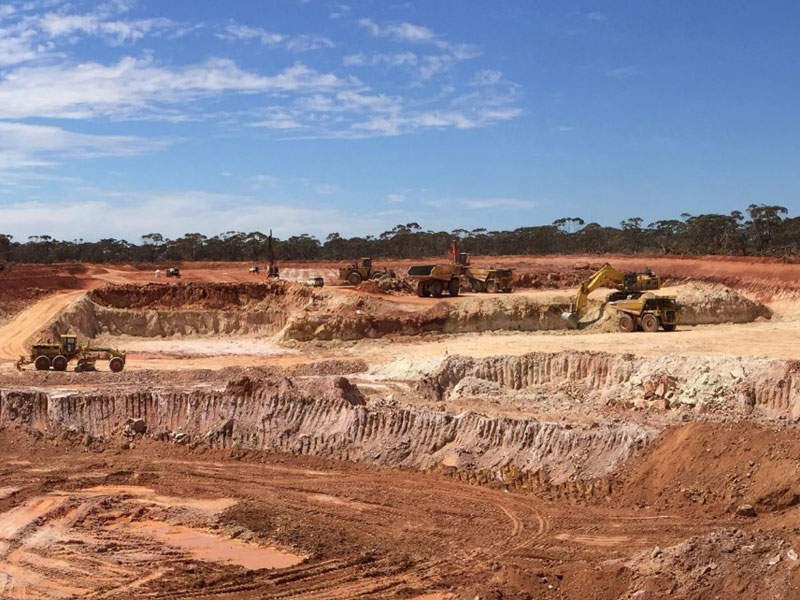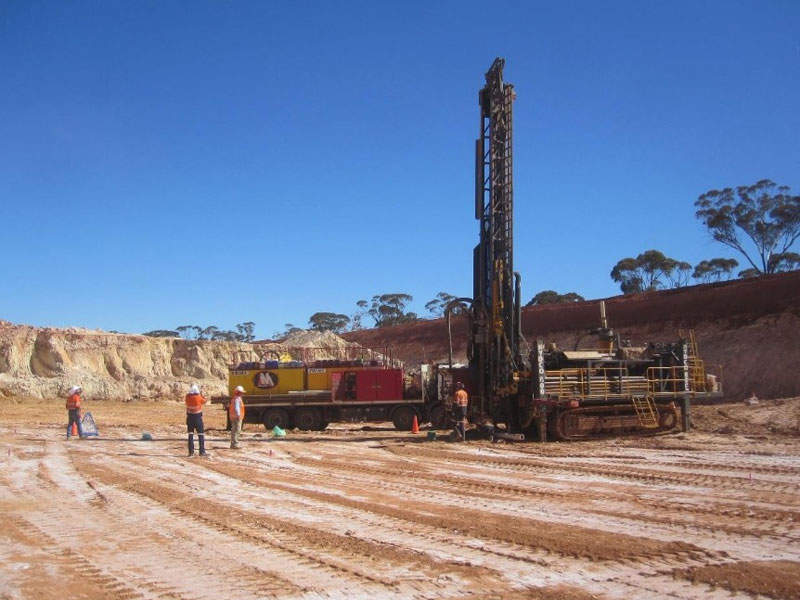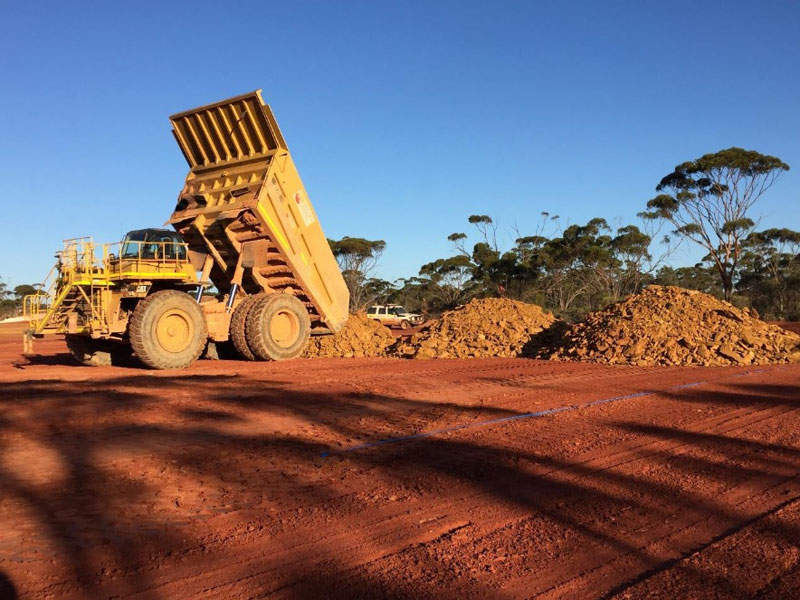The Teal gold mine is a shallow conventional oxide mine located 11km north-west of Kalgoorlie, Western Australia. The mine concession falls within the M26/499, M26/621, M26/346, M26/549 and L26/261 mining leases. Intermin Resources fully owns the gold mine.
A feasibility study for the open-pit gold mine was completed during September 2016 and mining commenced on 2 November 2016. First gold was produced in March 2017, while the sales are expected to start in April.
The mine is expected to produce 15,567oz of gold graded at 3.2g/t of Au over a period of nine months during the first stage of development. Initial site development costs of the mine are estimated to be A$4.5m ($3.4m).
Teal gold mine geology and mineralisation
The Teal deposit lies within a group of predominantly felsic volcanic rocks located approximately 700m west of the Abattoir Shear ultramafic contact. It is developed in flat-lying supergene zones at depths between 30m and 65m, which lie above shears and quartz.
The mineralisation is highly affected by the flexures along the northwest-southeast of the mine. Gold mineralisation is mostly contained within a north-northwest striking sequence of felsic tuffs, porphyries and intermediate volcanics.
Teal gold mine reserves
As of 22 March 2017, the JORC 2012-compliant measured, indicated and inferred resources of the Teal gold mine are estimated at 2.27Mt of ore containing 159,386oz of gold grading 2.18g/t Au.
Open-pit mining at Teal mine
Conventional open-cut mining, involving drill-and-blast method, followed by truck and shovel operations, is being implemented at the Teal gold mine.
The initial development focused on waste overburden removal in the northern section of the pit in order to access the ore closest to the surface. Two-stage reverse circulation (RC) grade control drilling programme was implemented at the northern section to ensure continuous mining operations and to reach the shallowest part of the ore body.
Ore processing at the Australian gold mine
The mined ore is hauled, through the Janet Ivy haul road, to Paddington Gold’s 3.5Mtpa mill located 22km from the mine for processing under a sampling protocol/agreement signed July 2016.
As part of the agreement, Paddington will reimburse 50% of gross revenue based on 80% of the mine’s predicted grade within a period of 15 days. The remaining amount will be paid within six months upon successful assessment of the grade, moisture, metallurgical recovery and cost reconciliation.
A variety of sampling techniques will be applied to grade, recover and determine the moisture content in the ore before processing it on a blended basis.
The processing plant uses conventional carbon-in-pulp technology and incorporates a cone crusher, a ball and SAG mill, gravity recovery, and cyanide leaching to recover gold. The plant also uses carbon elution, electro-winning and cathode rinsing methods to produce gold sludge, which is dried and smelted before being converted into gold doré bullion bars.
Interim Resources plans to sell the gold doré from Teal mine at the Perth Mint.
Financing for Teal gold mine development
Interim Resources entered a mining and finance heads of agreement (HoA) with Resource Mining in July 2016 for the Teal gold mine. Resource Mining will participate in the mine development by funding either 50% or full costs until first gold production, as part of the agreement.
Resource Mining will conduct mining operations and is entitled for a percentage of free cash flow after all costs, under the HoA.
Contractors involved
BM Geological Services (BMGS) performed geological studies for the Teal gold mine. VM Drilling was contracted to undertake grade control drilling.
Interim engaged Cox Rocks for preparing geology and resource estimates, Intermine Engineering Consultants for reserves estimation, and Pells Sullivan Meynink for geotechnical services.
Wayne Glendenning was contracted to conduct thnographic / archaeological study for the gold mine.
Metallurgical test works were conducted by Metallurgy, while GHD provided the environmental-related services.






